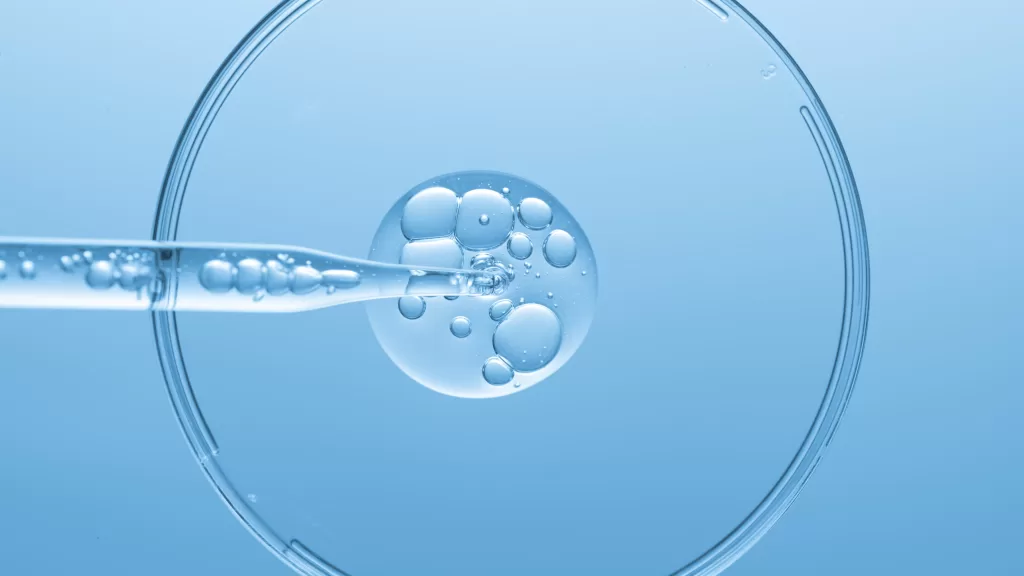Cell and gene therapy research represents the vanguard of where science is going next, but it’s fraught with many challenges. Along with the potential for developing world-changing disease treatment, the field is also fraught with significant risks and ethical considerations. As the field continues to evolve, developing standardized testing and analytical methods ensures the safety and effectiveness of emerging therapies.
Among the leading challenges for cell and gene therapy is the complexity of the process itself. Cell and gene therapy research (“CGT”) requires a delicate process of manipulating a patient’s own cells or genetic material. Among many risks, there is potential contamination of the tissues as well as unintended effects on the patient.
One of the field’s major obstacles is a lack of standardized testing and analytical methods. Cell and gene research represents an evolving field. Therefore, no consensus exists on universal standardized assays or tests to evaluate the safety, purity, potency, and efficacy of these therapies across the different types of CGT platforms. Agencies like the FDA have adapted some guidelines to test for safety and potency. But most tests rely heavily on the mode of action of the platform. This lack of standardization makes it difficult to compare different CGT approaches. It also impedes regulators from evaluating the safety and effectiveness of new therapies.
Ethics is another major challenge in this still-emerging field. Because these therapies involve manipulating a patient’s genetic material, scientists have concerns about unintended consequences, such as introducing new diseases or passing on altered genes to future generations. For example, germline genome editing in embryos is being considered to be a disease prevention mechanism for diseases with devastating outcomes.
However, the risk associated with this research is the alteration of germline DNA (sperm or egg) which could potentially allow for unintended genetic consequences to be inherited by future generations, consequences which would not be known for decades. For this reason alone, germline alterations are highly controversial. Moreover, these emerging therapies can be costly and likely not covered by insurance, making it inaccessible to many. This will prevent swaths of the population from accessing potentially life-saving treatments.
Moreover, these emerging therapies will be costly and probably not within the coverage of insurance, which means that a large portion of the population may be denied access to potentially life-saving treatments.
Even so, there is significant interest and investment in the development of CGT therapies. They are have the potential to revolutionize the treatment of a wide range of diseases.
Typical tests used in research and development
While CGT varies and is complex, here are some of the tests currently employed in research and development:
- Disease History and Progression: In order to develop effective CGT therapies, researchers must understand the targeted underlying disease or condition. This involves taking a detailed analysis of a patient’s medical history, as well as diagnostic tests and imaging studies.
- Biomarker Identification and Validation: Biomarkers are molecules or other indicators used to diagnose or monitor a disease. Identifying and validating biomarkers is an important step in the development of CGT therapies. This step clarifies which patients who are most likely to benefit from a particular therapy.
- Identity and Characterization: It is important to verify the traits of the cells or genetic material. This involves a range of analytical tests, including gene sequencing, protein analysis, and cell culture assays.
- Safety: Ensuring the safety of CGT therapies is a top priority, as any unintended effects on the patient could be serious or even life-threatening. Safety testing typically involves a range of in vitro and in vivo assays, as well as careful monitoring of patients after they receive the therapy.
- Purity and Contamination: CGT therapies must be free from contamination in order to be safe and effective. Purity testing typically involves a range of assays to detect and quantify any potential contaminants, such as viruses or bacteria.
- Quality and Viability: CGT therapies must be of high quality and remain viable throughout the manufacturing and delivery process. Quality testing typically involves a range of assays that assess the stability and functionality of the cells or genetic material used.
- Potency and Efficacy: Finally, it is important to assess the potency and efficacy of CGT therapies in order to determine whether they are likely to be effective in treating the target disease or condition. This typically involves a range of in vitro and in vivo assays, as well as clinical trials in humans.
CGT holds promises to treat many diseases. While many therapies have emerged in the past few years, the lack of standardized assays and analytical assessments to evaluate the safety, efficacy, and potency among the different CGT platforms continues to keep approvals low. In addition, CGT raises some ethical risks, specifically when it comes to alterations in the germline as well as cost. Efforts have been made to address these concerns. Furthermore, the ongoing development in the field holds promises to address the current limitations.



